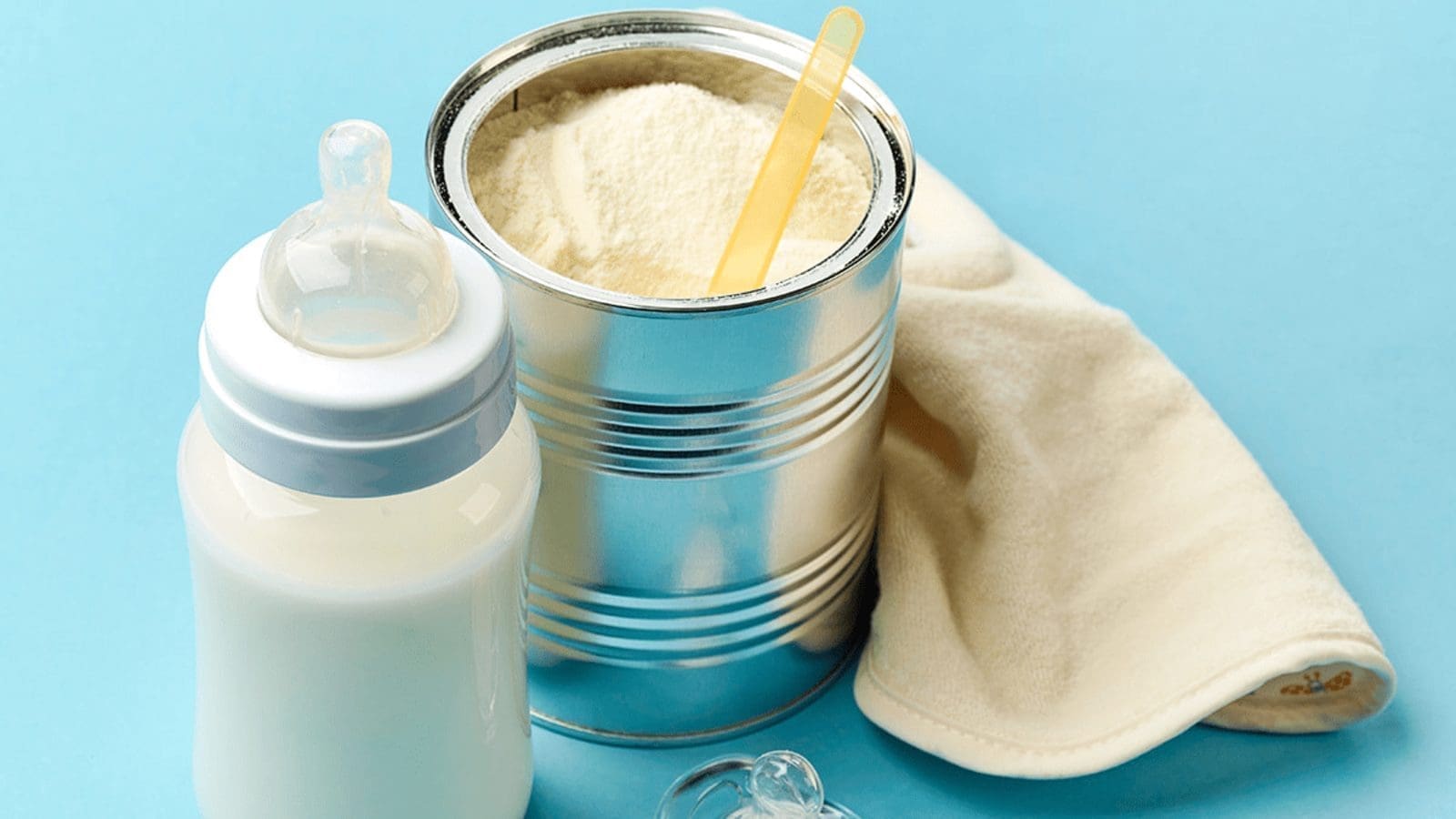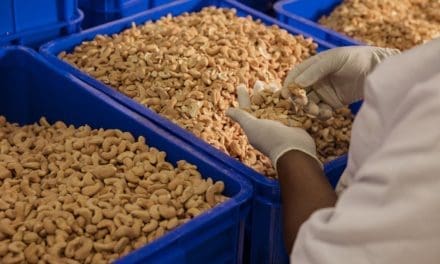CHINA – Chinese infants consuming milk formulas containing Bifidobacterium animalis subsp. lactis HN019 reported a lower rate of upper respiratory tract infections compared to those who drank formulas containing another probiotic strain, or no probiotics at all, according to a 12-week RCT funded by Fonterra.
All milk formulas studied in the trial were prepared by Fonterra, including the other probiotic strain Lacticaseibacillus rhamnosus HN001.
The analysis was based on an RCT conducted in the Anhui Province of China during the winter between December 2012 and April 2013, where a total of 192 healthy infants aged six to 12 months were enrolled.
The infants were randomized to receive either of the three formulas: 1) milk formula containing 10m CFU/g of Bifidobacterium animalis subsp. lactis HN019, 2) milk formula containing 10m CFU/g of Lacticaseibacillus rhamnosus HN001, or 3) milk formula without probiotics.
The infants were also not supposed to take breastmilk or other formulas during the trial, according to the survey published in Beneficial Microbes recently.
The aim was to find out the incidence of physician-confirmed bacterial or viral infections amongst the infants during the trial.
In total, there were eight cases of confirmed upper respiratory tract infections observed in 9.4 percent of the control group, which was equivalent to six cases, as compared to 3.1 percent in the HN001 group, which was equivalent to two cases while none were observed in the HN019 group.
“While the difference between the HN001 and control groups did not reach statistical significance (P=0.278), the HN019 result represented a statistically significant decrease compared to the control group (P=0.029),” said the researchers.
In addition, no infants in the HN019 group were prescribed antibiotics or antivirals, as compared with 4.7 percent in the HN001 group and 10.9 percent in the control group.
However, the differences in antibiotics or antivirals prescription failed to reach statistical significance for either of the probiotic groups when compared to the control group.
“While HN001 showed trends toward reduced infections, HN019 showed better performance in terms of significantly reduced incidence of both physician-confirmed and parentally reported URTIs, and antibiotic/antiviral use compared to a control in Chinese infants,” said the researchers.
There were additional 23 cases of unconfirmed URTIs by parents of the infants that were not seen by a medical professional at the time they were symptomatic and were therefore not treated with prescription medications.
In this case, the incidence of unconfirmed URTIs was 9.4 percent in the HN019 group, 14.1 percent in the HN001 group, and 25 percent in the control group.
The researcher explained that this incidence represents a substantial 63 percent lower risk of symptoms of URTIs and points to a strong protective role of probiotic HN019 in the infant diet.
Post hoc PCR analysis of infant faecal samples for those in the probiotic groups also showed that Bifidobacterium lactis was detected at higher rates in infants that received HN019, while Lacticaseibacillus rhamnosus was detected at similar rates across all three groups.
Liked this article? Subscribe to Food Business Africa News, our regular email newsletters with the latest news insights from Africa and the World’s food and agro industry. SUBSCRIBE HERE.











